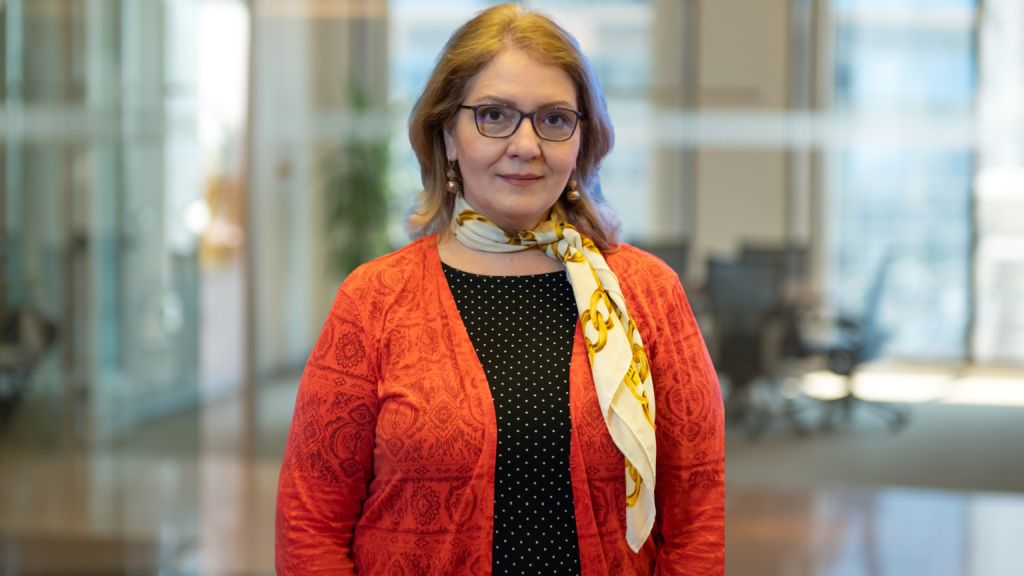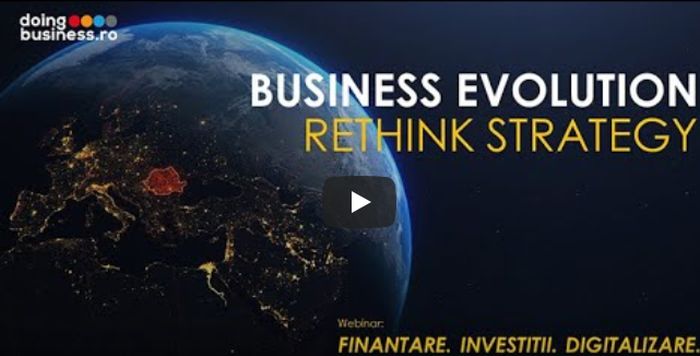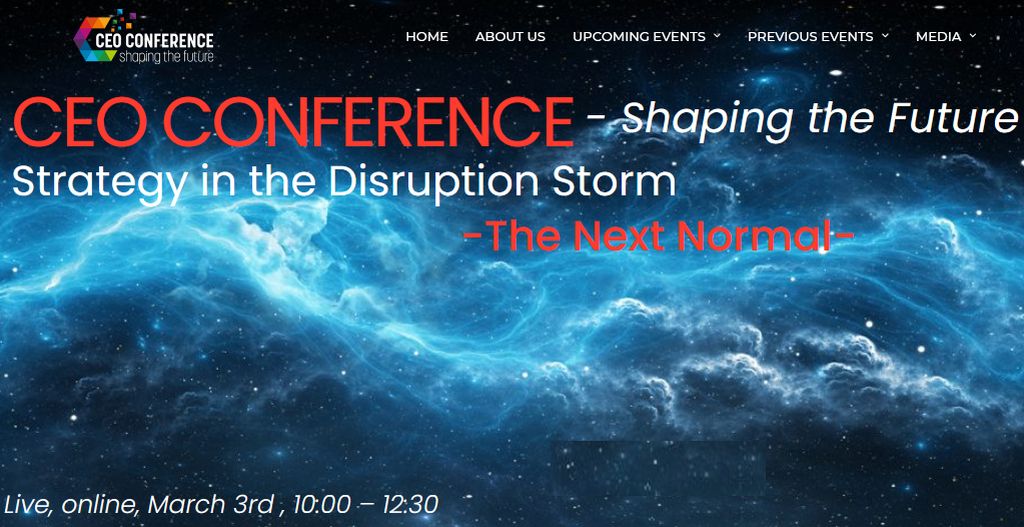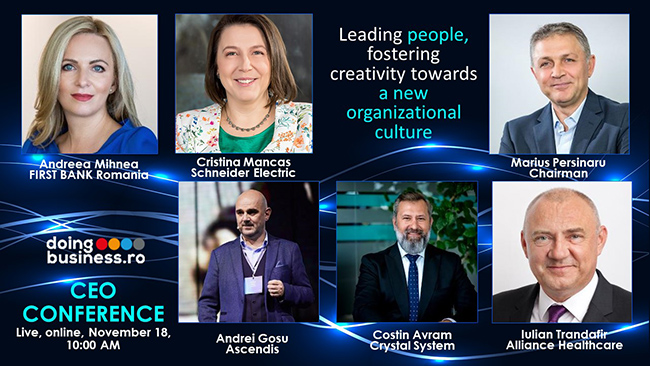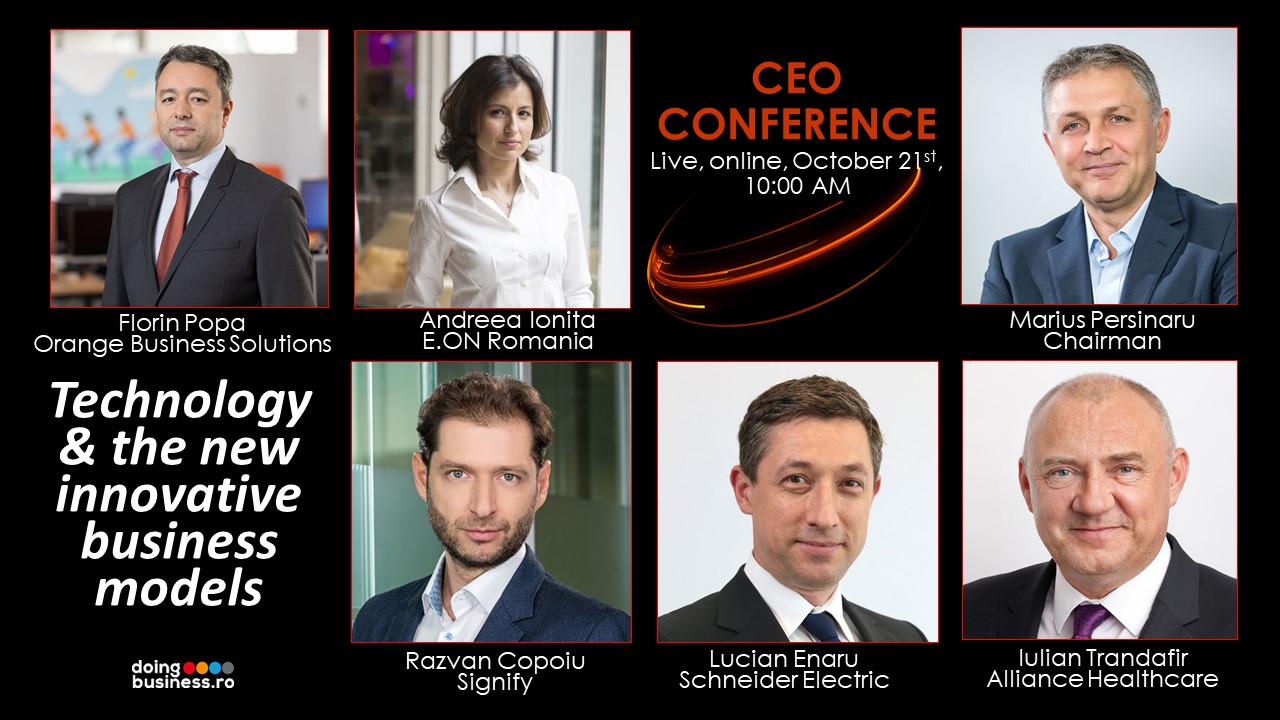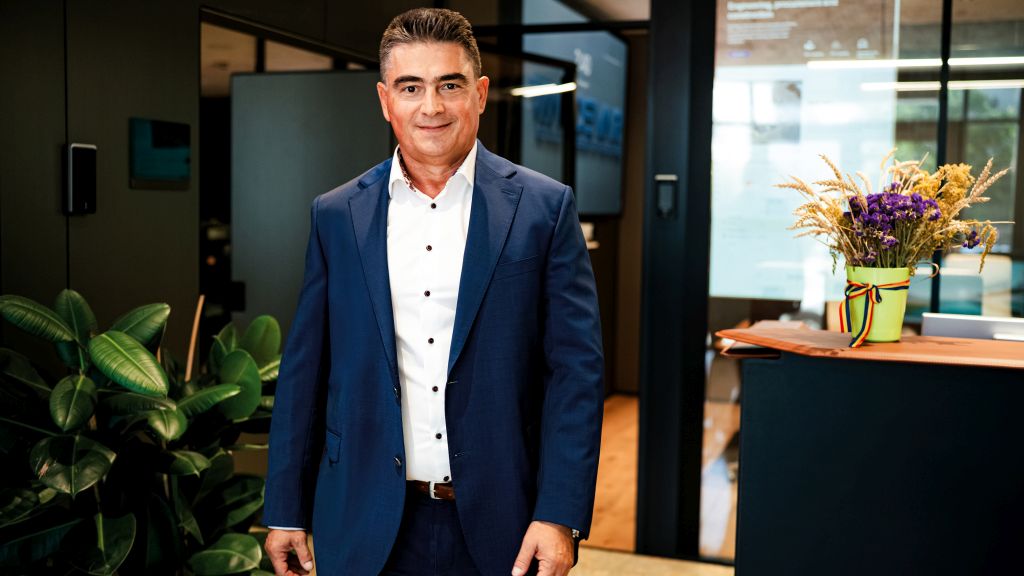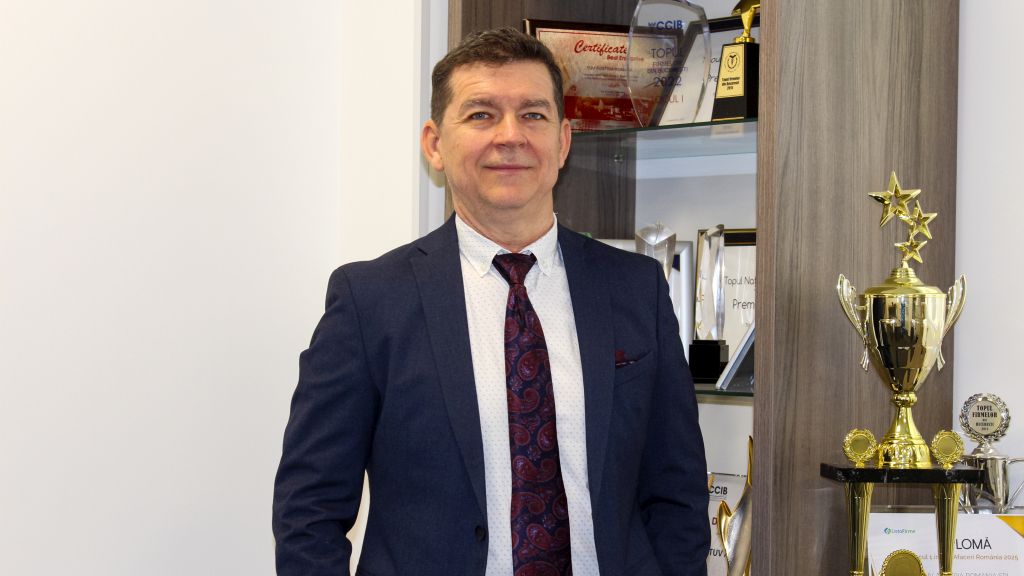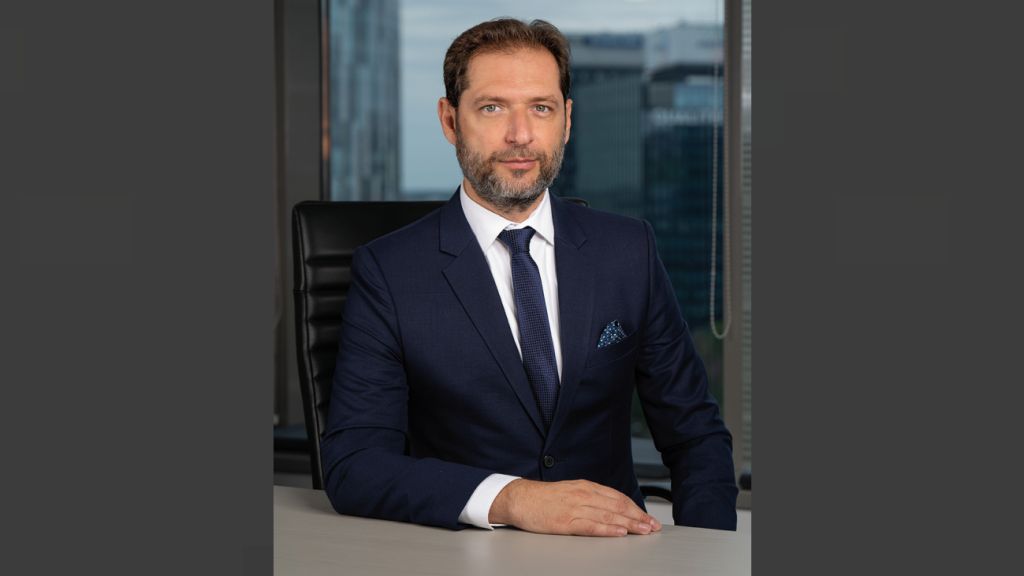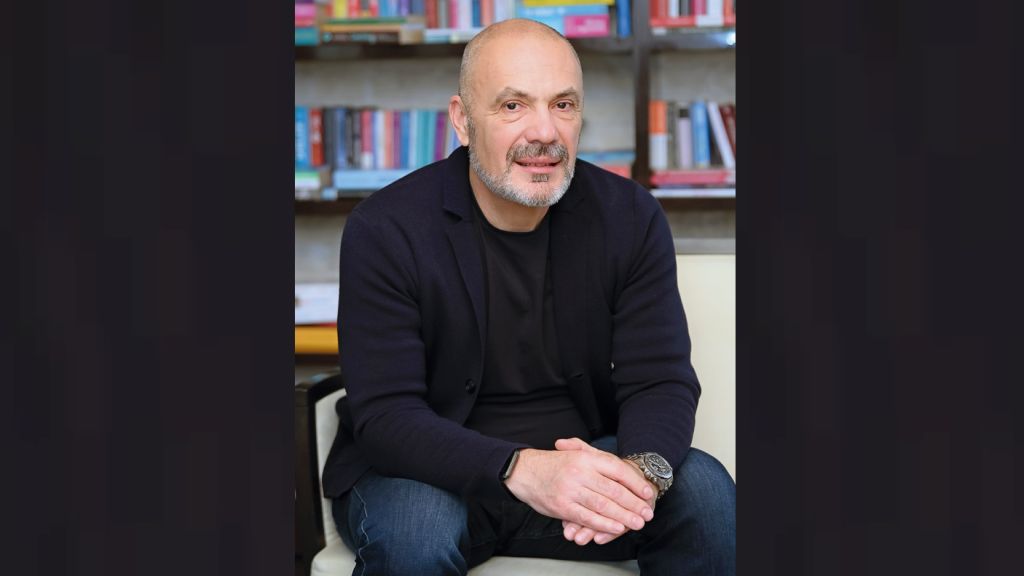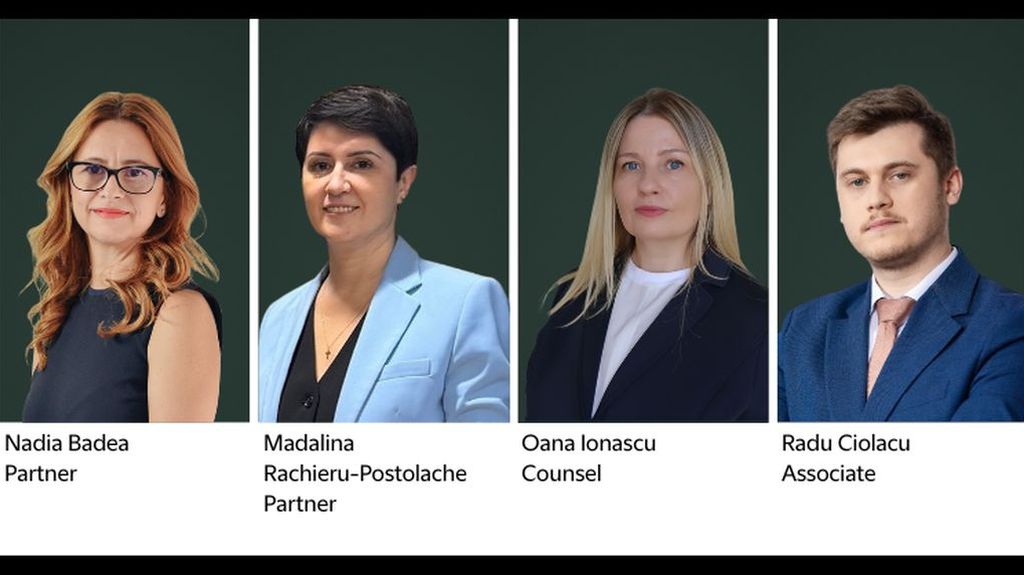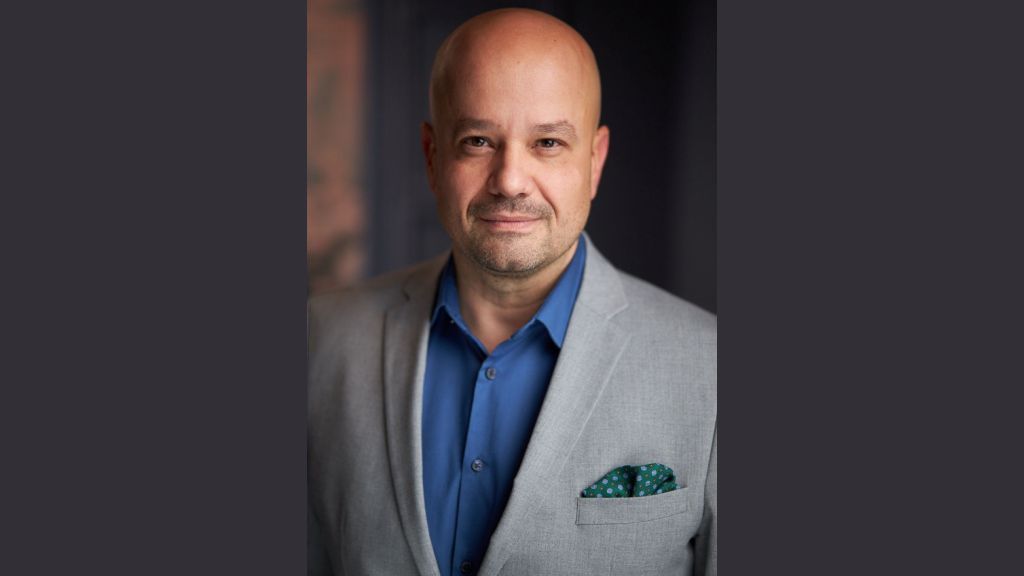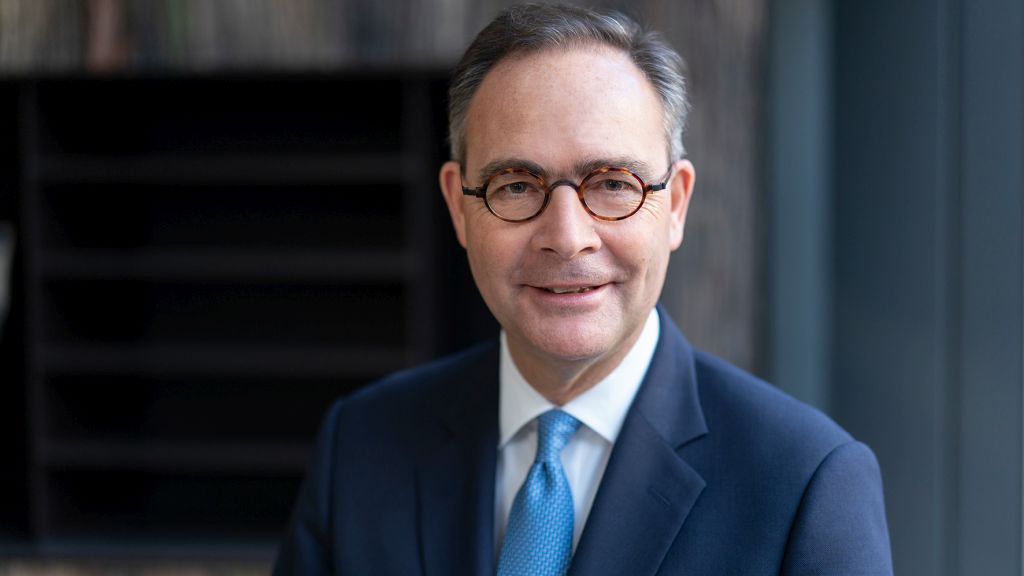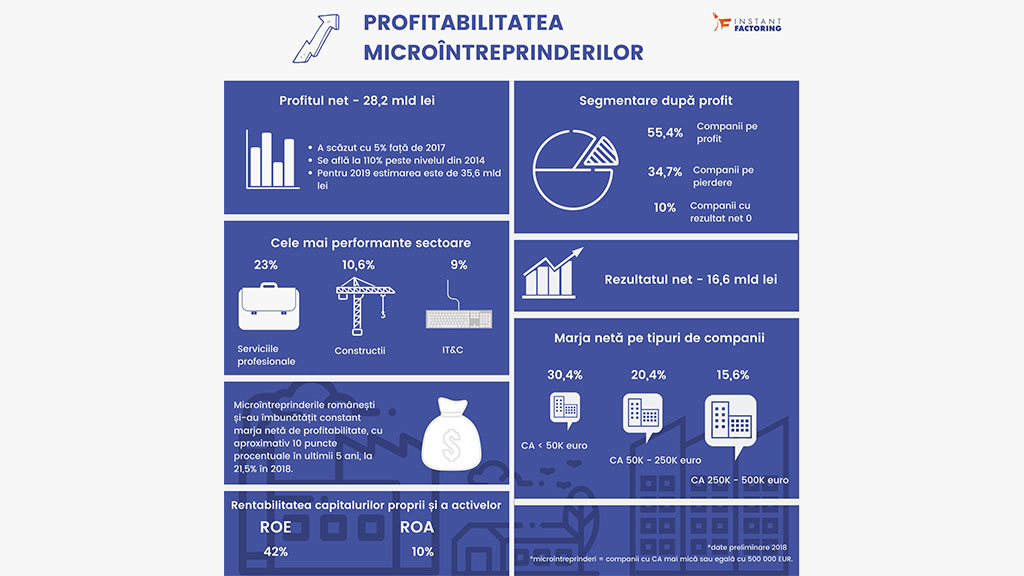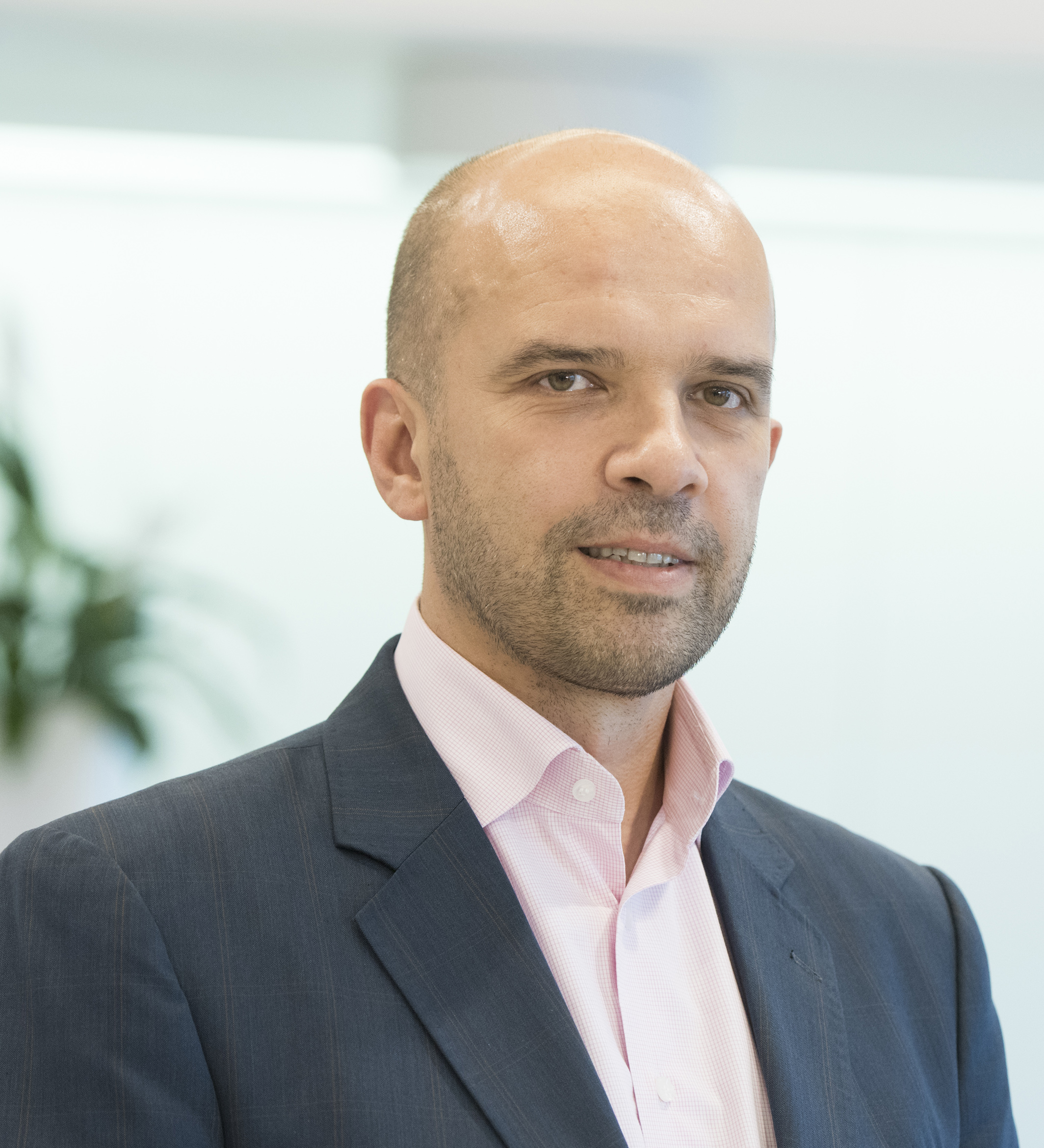In many organizations, there is a temptation to maintain a calm atmosphere at all costs. Managers value silence, and employees prefer to avoid tense discussions. However, this apparent harmony hides a trap. Teams that run away from conflict risk making superficial decisions, repeating the same mistakes, and limiting their potential for growth.
The fear of conflict has deep roots. It comes from past experiences marked by authoritarian bosses, aggressive colleagues, or situations in which discussions degenerated. Once people learn that calling things by their proper names brings negative consequences, they prefer silence. Thus, in an organizational culture where “silence” becomes the supreme value, the truth is lost, and people choose to mimic consensus.
But silence does not mean harmony, but often a form of avoidance. The true maturity of a team is seen in the way it manages to transform confrontation into a constructive process.
Fear of conflict and its effects on performance
On the surface, teams that do not confront each other appear stable and well-knit. In reality, beneath this forced calm lies a lack of involvement. Team members avoid bringing up real problems, and meetings turn into a ritual of quick validation, lacking depth.
When everyone is afraid to say what they think, decisions are made with incomplete information. Innovative ideas remain unsaid, and risks are not evaluated. Studies show that teams that encourage constructive debates reach significantly more effective solutions than those that only seek quick consensus. The lack of healthy conflict translates into a lack of responsibility. People no longer feel obligated to defend their point of view and passively accept the decisions made, even if they do not believe in them.
A simple example comes from marketing. A team receives a brief for a campaign. One member notices that the budget is unrealistic, another sees risks in the way of communication. However, no one dares to say anything. The campaign moves on, fails, and only then do the opinions that everyone had but kept to themselves come to light. The cost of silence thus becomes obvious.
This culture of avoidance leads to stagnation and vulnerability. A team that cannot afford to contradict itself does not learn and does not evolve.
How to recognize a culture of silence at all costs
There are clear signs that a team has developed a fear of conflict. Meetings become predictable, without real contradictions, as if everyone already agrees. Feedback disappears or is reduced to general praise, devoid of content. Difficult topics, such as poor performance, unclear responsibilities or unrealistic goals, are postponed indefinitely.
In such a context, real decisions are not made in the formal setting, but in informal discussions, behind the scenes. In front, the team displays an artificial unity, but in private members express their frustration and dissatisfaction. This latent tension gradually erodes engagement.
What appears to be harmony is actually a lack of courage. A team where no one raises questions or expresses divergent opinions is not a united team, but one paralyzed by the fear of confrontation. Silence becomes an alarm signal, not a sign of maturity.
Transforming conflict into a constructive resource
Conflict is not by definition negative. The way it is managed makes the difference between a destructive argument and a fertile discussion. High-performing teams manage to transform tension into an engine of progress.
The first step is to create a safe psychological climate. Team members must feel that they can speak without being ridiculed or punished. The leader has the central role here: through the way he listens, through the questions he asks and through the way he responds to objections, he transmits whether divergent opinions are truly accepted.
Second, conflict must be normalized. A strategy debate is not a personal attack, but an attempt to make the best decision. Separating ideas from the people who support them is essential. A team that understands this principle begins to see differences of opinion as a resource, not a threat.
It is also important that discussions are governed by clear rules. We criticize ideas, not people. We argue, we don’t raise our voices. We listen to the end. These simple rules transform conflict from an emotional confrontation into a rational process.
Diversity of perspectives should not only be tolerated, but also actively encouraged. Questions like “What risks are we not seeing?” or “What assumptions could we challenge?” get people to express their views that they would otherwise hide. At the same time, constant, solution-oriented feedback helps the team get used to expressing themselves openly, even when it is uncomfortable.
Thus, conflict becomes a tool for refining decisions and increasing cohesion. It is not an end in itself, but a resource that, when used correctly, leads to team maturity and real efficiency.
A relevant example comes from the IT area. A team is debating whether a technological solution should be developed internally or outsourced it. The points of view are strongly divergent, and the discussion is heated. Through careful facilitation and by respecting the rules of dialogue, the team reaches a clear conclusion. Even those who initially disagreed join the final decision, precisely because they had the opportunity to express their position.
The role of the leader in the team's relationship with conflict
The leader is the one who shapes the team's attitude towards conflict. If he constantly transmits that he "does not want discussions" and that he prefers silence, the team complies and avoids any confrontation. If, on the contrary, the leader shows that debates are necessary and useful, people find the courage to express their opinions.
An effective leader asks open-ended questions, invites members to bring different perspectives, and shows vulnerability by acknowledging that he does not have all the answers. At the same time, he ensures that discussions remain at the level of ideas and do not degenerate into personal attacks. When someone brings up a contrary argument, the leader publicly values it, thus reinforcing the culture of free expression.
In teams where the leader normalizes constructive conflict, employees become more involved, more creative, and more responsible. They know that they can say what they think, that their voice matters, and that differences are not a threat, but a resource.
The desire for truth and the trap of convenience
In the professional environment, the desire for truth should not be confused with utility. Many leaders and employees believe that “speaking the truth” automatically means progress. In reality, the way the truth is told matters as much as the substance of it.
A comment like “this project is a failure” may be factually correct, but when said like that it blocks the dialogue, provokes defensiveness, and discourages the team. The message becomes a blow, not a starting point for solutions.
If the same observation is phrased as “this project is not generating the expected results, how can we adjust it?”, the discussion remains focused on solving and not blaming.
Another major pitfall is confusing the good with the convenient. In many organizations, people choose to remain silent when they see problems, just to maintain the collective silence. The convenient is not to disturb, not to raise uncomfortable topics, not to expose yourself.
But the good for the company means exactly the opposite: to bring up dysfunctions, risks, or mistakes, even if this creates a moment of discomfort. True responsibility is not measured by conformity, but by the courage to put on the table what everyone observes, but no one verbalizes.
Therefore, the truth should not be told anyway, but calibrated in terms of its usefulness. What does it change? How does it help the team move forward? Conflict is not valuable just because it exists, but for the progress it produces.
A brutal observation, without solutions, does not bring anything good. But a firm observation, accompanied by proposals, has the potential to correct directions and raise standards.
The balance between honest expression and maintaining mutual respect is not a luxury, but a condition for performance. A mature team knows how to transform the uncomfortable truth into an engine of evolution, not a source of division.
The fear of conflict is an invisible but extremely powerful barrier to team performance. When silence becomes objective, people give up their ideas, authenticity and involvement. Instead, what appears to be harmony turns into a culture of conformism and stagnation.
Healthy conflict is, in fact, proof of a mature team. It involves honest dialogue, rigorous debate, and the ability to reach clear and committed decisions. To transform conflict into a constructive tool, leaders must find the balance between the desire for truth and utility, between goodness and convenience.
The truth told without discernment can hurt, and convenience without truth leads to stagnation. That is why it is good for leaders to create psychological safety, encourage differences of opinion, and value disagreement as a resource.
The real question for every leader is simple: do you choose false calm or authentic efficiency? The answer determines not only the team's performance, but also the future of the organization.
* * *
About Constantin Magdalina
Constantin Magdalina has 15 years of professional experience, during which he worked for multinational companies, both in the country and abroad. Constantin has a Master's degree in Marketing and Communication at the Bucharest Academy of Economic Studies. He is LeanSix Sigma and ITIL (IT Information Library®) certified, which facilitates a good understanding of processes and transformations within organizations. On the other hand, the certification obtained from the Chartered Institute of Marketing completes his business expertise. In the more than 4 years of activity within a Big 4 company, he initiated and coordinated studies that analyzed aspects related to the business environment in Romania. Among them are the economic growth forecasts of companies, knowledge management, the buying experience in the era of digital consumers, the use of mobile devices or the customer-centricity of companies in Romania. He is the author of numerous articles on topics related to innovation, streamlining business processes, digital transformation, emerging trends and technologies. He is invited as a speaker at numerous events and business conferences.








